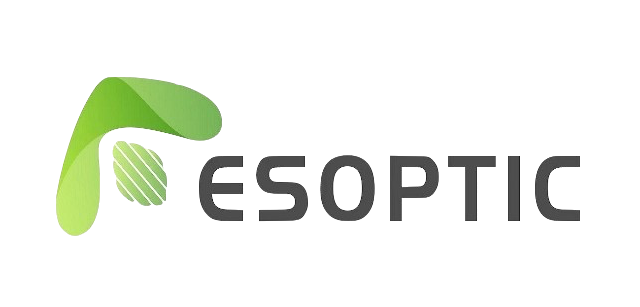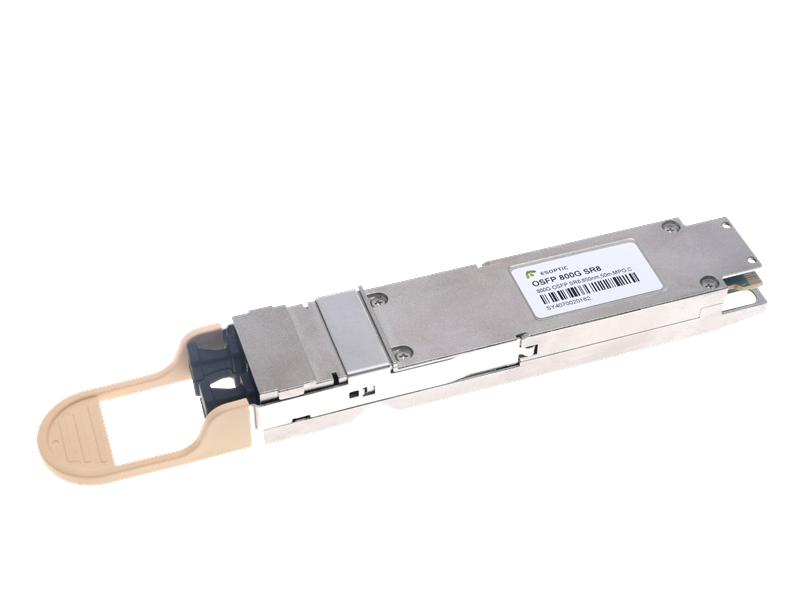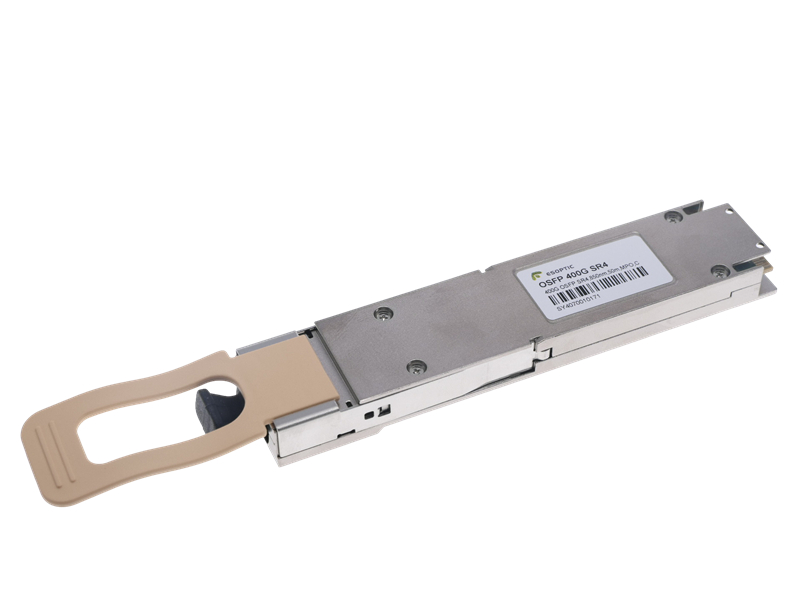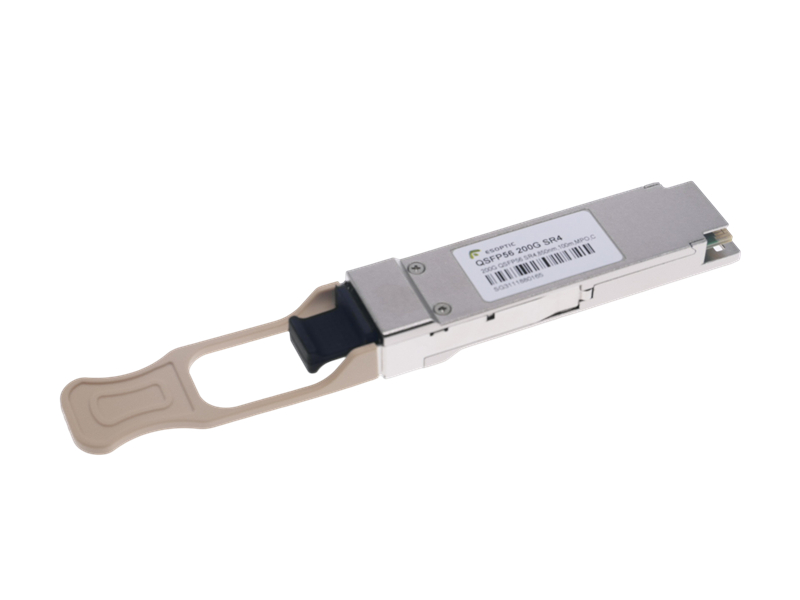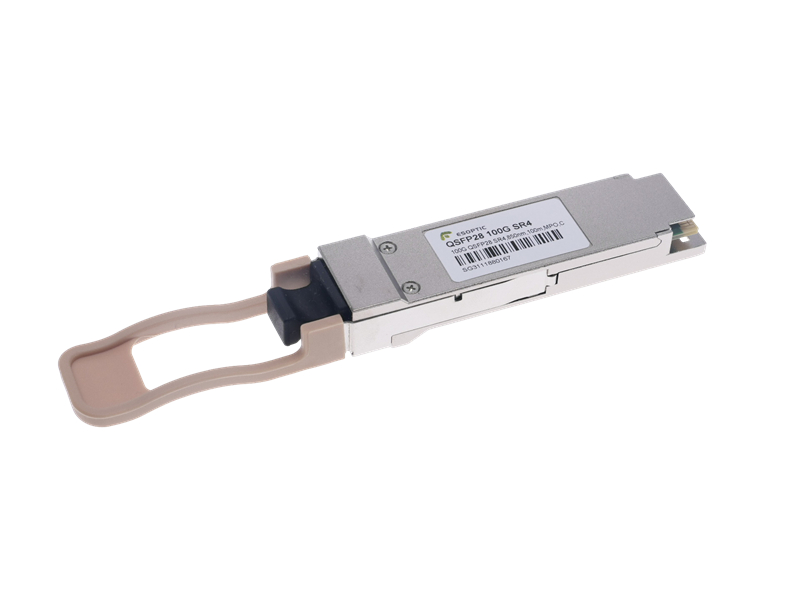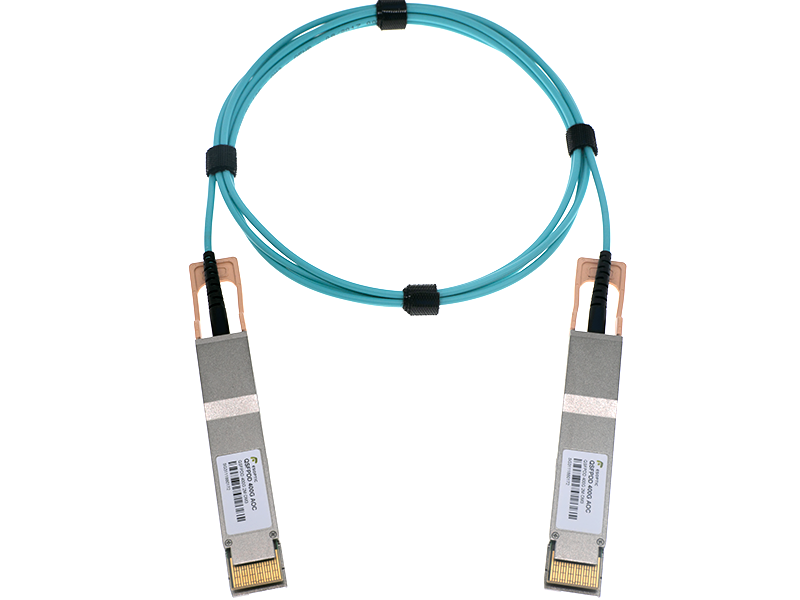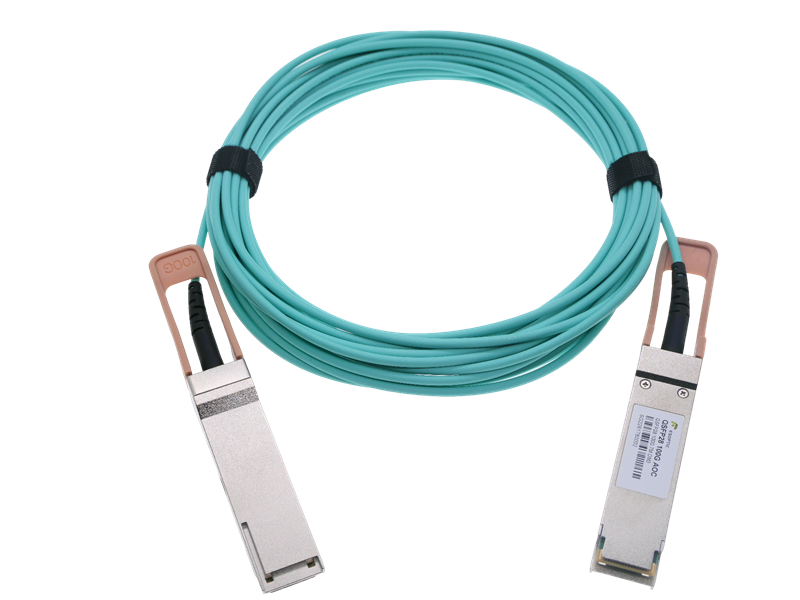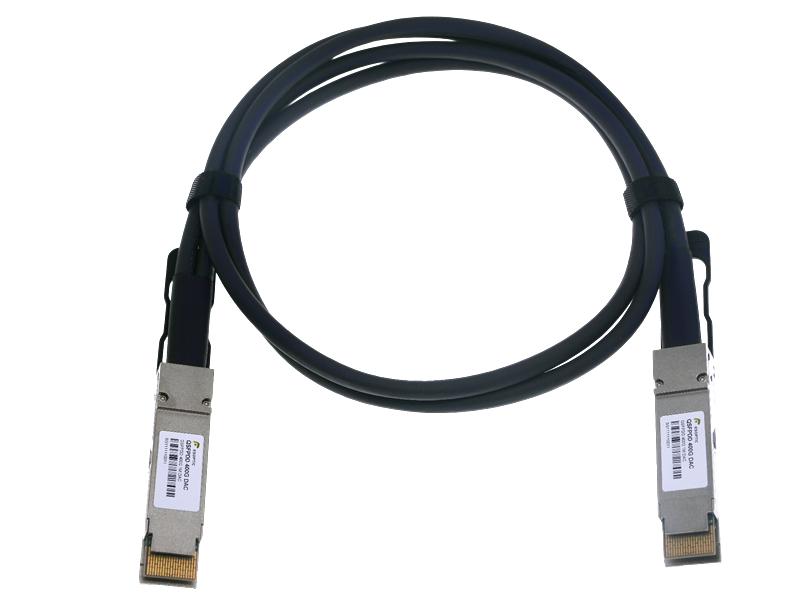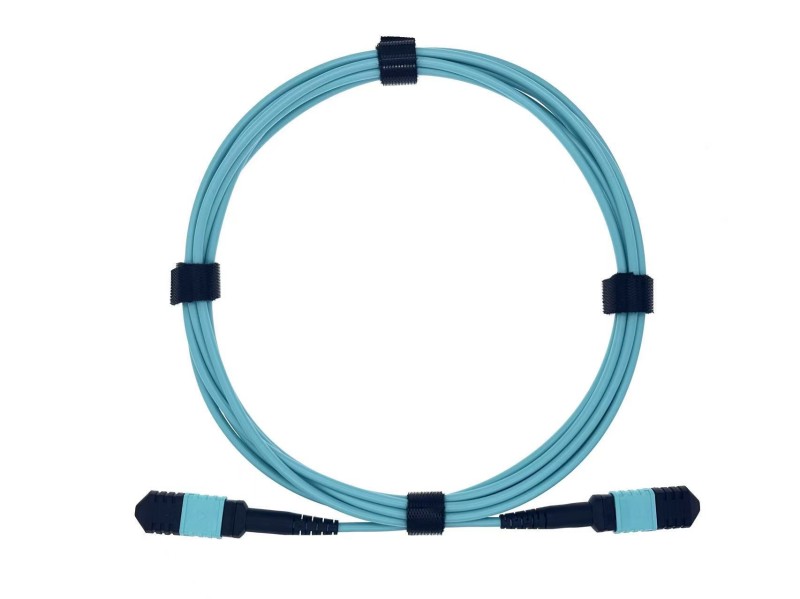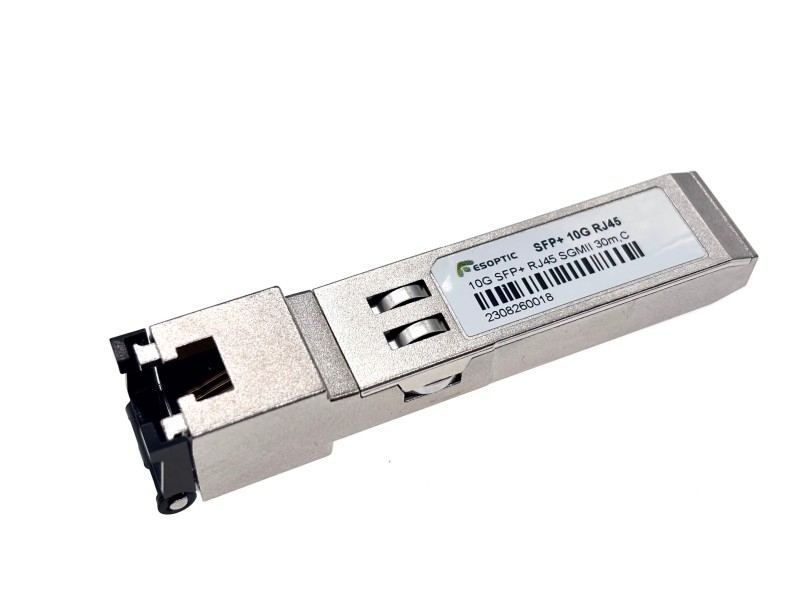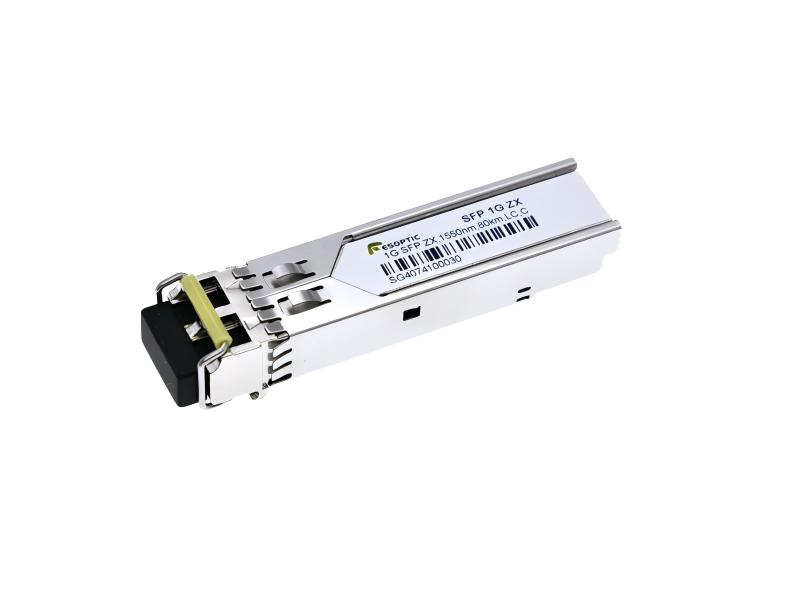Summary: PAM4 and NRZ – Two Modulation Formats, One Goal
In the race to scale bandwidth in high-speed optical networks, two modulation techniques have emerged as industry cornerstones: PAM4 (Pulse Amplitude Modulation 4-level) and NRZ (Non-Return-to-Zero). While NRZ has served as a reliable standard for decades, PAM4 now takes the lead in 400G and 800G transceiver applications, offering greater spectral efficiency and data throughput. At ESOPTIC, we integrate both PAM4 and NRZ technologies into our optical product line to meet diverse deployment needs—from legacy systems to next-generation data centers.
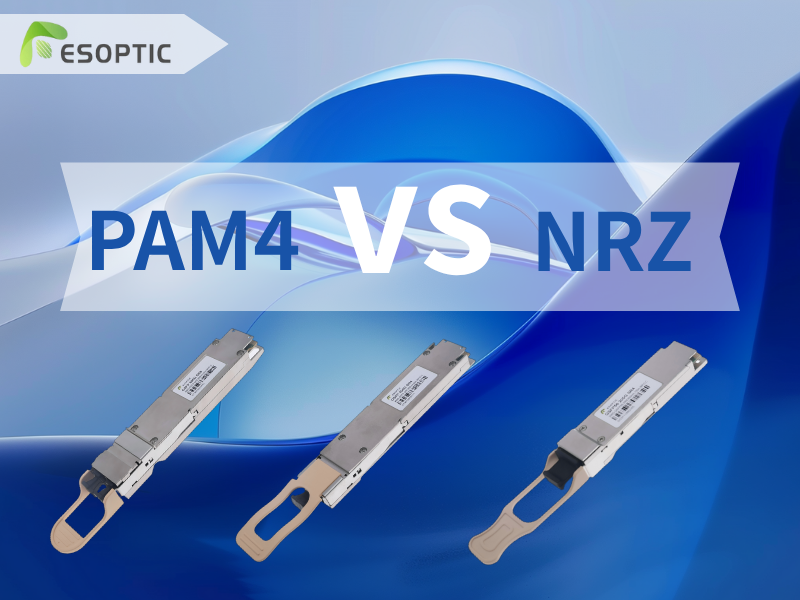
What is NRZ and Why It Was Enough—Until Now
NRZ (Non-Return-to-Zero) is a binary modulation scheme using two signal levels to represent bits 0 and 1. Each bit is transmitted with a full voltage swing, making it simple and robust. NRZ has been widely used in optical transceivers ranging from 10G to 100G, primarily because of its ease of implementation and strong signal integrity.
However, as data demands increase, NRZ becomes limited by its one-bit-per-symbol structure. To scale beyond 100G using NRZ, engineers must increase the number of physical lanes, which adds cost and complexity—especially in compact, high-density architectures.
PAM4: Doubling Data Without Doubling Bandwidth
PAM4 (Pulse Amplitude Modulation 4-level) represents a breakthrough in optical signaling. By encoding two bits per symbol using four amplitude levels, PAM4 effectively doubles the data rate over the same bandwidth compared to NRZ. This makes PAM4 ideal for high-speed formats like 400G and 800G, where fiber utilization and energy efficiency are critical.
That said, PAM4 introduces its own engineering challenges: reduced signal-to-noise ratio (SNR), increased bit error rates, and a greater need for complex DSP (digital signal processing) and FEC (forward error correction). Still, these trade-offs are justified by the modulation's performance advantages.
PAM4 vs NRZ: Technical Comparison

At ESOPTIC, we carefully match PAM4 and NRZ formats to their appropriate applications, helping customers make the right trade-offs between performance, cost, and complexity.
ESOPTIC’s Approach to PAM4 and NRZ Integration
ESOPTIC offers a comprehensive lineup of transceivers and interconnects that support both modulation formats. Our NRZ-based modules—like SFP+ and QSFP28—remain popular for access networks and legacy systems. Meanwhile, our PAM4-based products, including 400G QSFP-DD and 800G OSFP transceivers, are optimized for hyperscale and HPC environments.
By implementing cutting-edge DSP and FEC solutions, ESOPTIC ensures that our PAM4 modules maintain stability and accuracy—even under challenging signal conditions.
Choosing Between PAM4 and NRZ for Your Network
When deciding between PAM4 and NRZ, network architects must consider:
Bandwidth needs
Budget constraints
System complexity
Link distance and reach
For sub-100G applications, NRZ remains highly reliable and affordable. But for dense, high-speed environments demanding top-tier performance, PAM4 is the future-proof choice. With ESOPTIC’s broad product portfolio and expert support, customers can deploy either technology with confidence.
Conclusion: PAM4 Enables the Next Leap Forward
As the networking industry transitions from 100G to 800G and beyond, PAM4 (Pulse Amplitude Modulation 4-level) stands out as the essential enabler of high-speed optical communication. Though NRZ (Non-Return-to-Zero) still plays a critical role in legacy systems, the future is clearly shifting toward PAM4’s higher data efficiency.
At ESOPTIC, we continue to innovate across both platforms—so whether you're building on existing NRZ infrastructure or embracing PAM4's performance, we’re here to help you connect faster, smarter, and more reliably.

